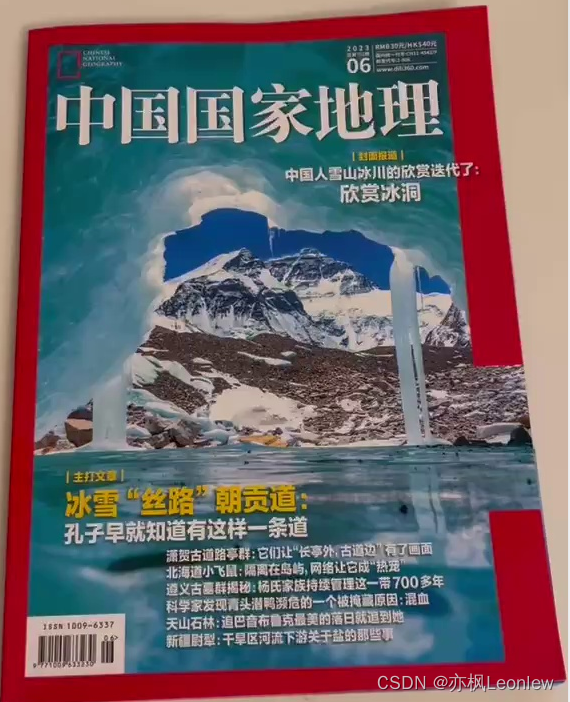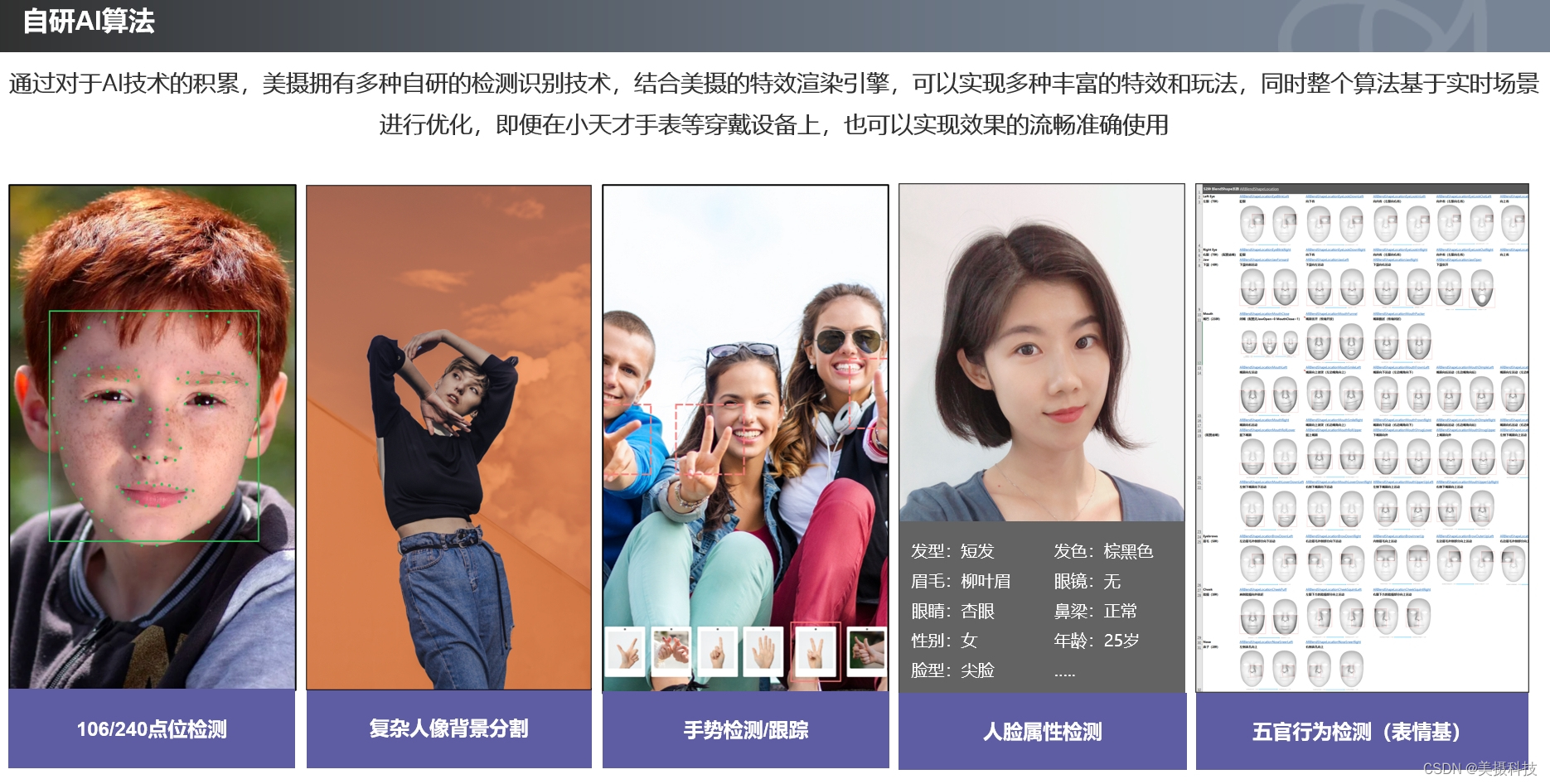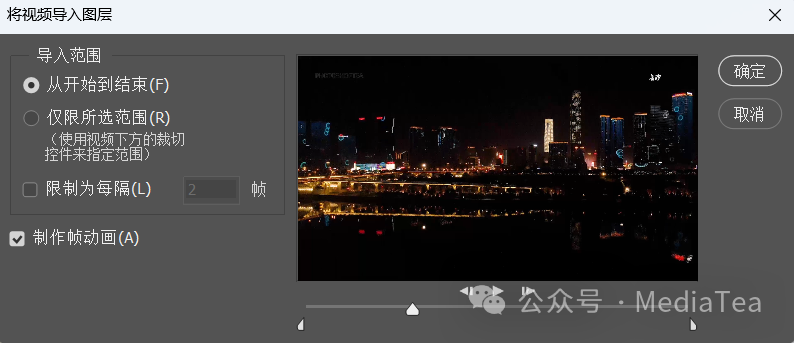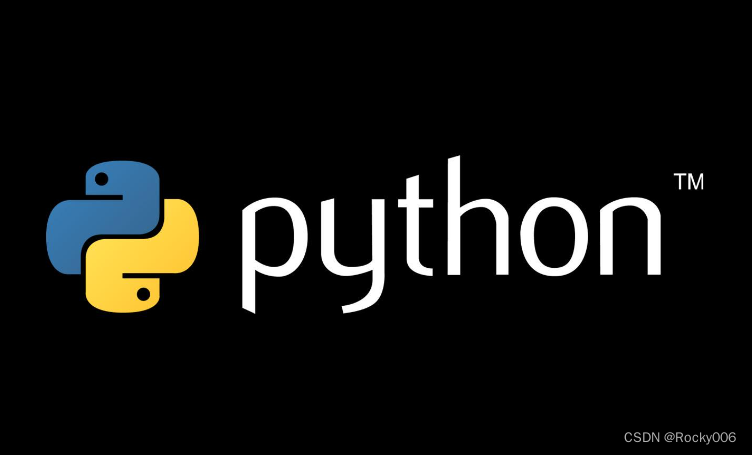本文介绍: 这个简单的AR项目效果是,通过给定一张静态图片作为要视频中要替换的目标物品,当在视频中检测到图片中的物体时,通过单应矩阵做投影,将视频中的物体替换成一段视频播放。这个项目的所有素材来自自己的手机拍的视频。关于opencv里的透视投影,单应矩阵等概念,请自行百度。当我在原视频中检测到这本书时,会将书替换成另一个视频里的内容。
这个简单的AR项目效果是,通过给定一张静态图片作为要视频中要替换的目标物品,当在视频中检测到图片中的物体时,通过单应矩阵做投影,将视频中的物体替换成一段视频播放。这个项目的所有素材来自自己的手机拍的视频。
静态图片:

当我在原视频中检测到这本书时,会将书替换成另一个视频里的内容。
关于opencv里的透视投影,单应矩阵等概念,请自行百度。下面是代码:
import cv2 as cv
import numpy as np
videoOriginal = cv.VideoCapture("../../SampleVideos/NationalGeography.mp4")
videoReplace = cv.VideoCapture("../../SampleVideos/Milo1.mp4")
targetImg = cv.imread("./book.png", cv.IMREAD_COLOR)
targetH,targetW,targetC = targetImg.shape
#创建ORB对象
orb = cv.ORB_create(nfeatures=1500)
#提取ORB关键点和特征描述符
kpImg,descsImg = orb.detectAndCompute(targetImg, None)
#调试:绘制关键点
#imgDebug = cv.drawKeypoints(targetImg, kpImg, None)
#cv.imshow("ORB Keypoints", imgDebug)
#匹配距离阈值
matchDistanceThr = 0.75
while True:
ret,frame = videoOriginal.read()
if ret == False:
break;
#frameAug表示最终合成的增强现实的结果图片
frameAug = frame.copy()
ret,frameReplace = videoReplace.read()
if ret == False:
break;
#将视频大小调整到和待替换目标图片大小
frameReplace = cv.resize(frameReplace, (targetW,targetH), interpolation=cv.INTER_AREA)
kpVideo,descsVideo = orb.detectAndCompute(frame, None)
#frame = cv.drawKeypoints(frame, kpVideo, None)
#进行特征匹配
bf = cv.BFMatcher()
matches = bf.knnMatch(descsImg, descsVideo, k=2)
goodMatches = []
for m,n in matches:
if m.distance < matchDistanceThr * n.distance:
goodMatches.append(m)
#print(len(goodMatches))
#调试:绘制匹配结果
imgFeatureMatching = cv.drawMatches(targetImg, kpImg, frame, kpVideo, goodMatches, None, flags=2)
#找到单应矩阵
#首先找到srcPts和dstPts
if (len(goodMatches) > 20):
srcPts = np.float32([kpImg[m.queryIdx].pt for m in goodMatches]).reshape(-1,1,2)
dstPts = np.float32([kpVideo[m.trainIdx].pt for m in goodMatches]).reshape(-1,1,2)
#找到单应矩阵
matrix,mask = cv.findHomography(srcPts, dstPts, cv.RANSAC, 5)
#print(matrix)
#映射targetImg的四个角点到目标平面
targetPts = np.float32([[0,0],[0,targetH],[targetW,targetH],[targetW, 0]]).reshape(-1,1,2)
targetOnVideoPts = cv.perspectiveTransform(targetPts, matrix)
#print("Target shape:", targetImg.shape)
#print("Frame shape:", frame.shape)
#print(targetPts)
#print('maps to:')
#print(targetOnVideoPts)
#print()
#绘制待替换目标图像的位置映射到视频帧后的边框结果
imgTargetOnVideoBox = cv.polylines(frame, [np.int32(targetOnVideoPts)], True, (255,0,255), 3)
#调用warpPerspective将要替换的视频文件帧图像投影到视频帧的图像
imgWarp = cv.warpPerspective(frameReplace, matrix, (frame.shape[1],frame.shape[0]))
#获得掩码图
#首先将视频帧中要替换的区域内容的mask标记为全1(白色)
maskForReplace = np.zeros((frame.shape[0],frame.shape[1]), np.uint8)
cv.fillPoly(maskForReplace, [np.int32(targetOnVideoPts)], (255,255,255))
#获得原视频帧内容的mask,将maskForReplace取反即可
maskForVideo = cv.bitwise_not(maskForReplace)
#生成增强现实的帧
frameAug = cv.bitwise_and(frameAug, frameAug, mask = maskForVideo)
frameAug = cv.bitwise_or(imgWarp, frameAug)
cv.imshow('Augmented Video', frameAug)
cv.moveWindow('Augmented Video', imgFeatureMatching.shape[1],0)
cv.imshow('FeatureMatchResult', imgFeatureMatching)
cv.moveWindow('FeatureMatchResult', 0,0)
#cv.imshow('Mask For Video', maskForVideo)
#cv.imshow('Mask For Replace', maskForReplace)
#cv.imshow('WarpImage', imgWarp)
#cv.moveWindow("WarpImage", 800,0)
#cv.imshow('TargetOnVideo', imgTargetOnVideoBox)
#cv.imshow('VideoPlayer', frame)
if cv.waitKey(33) & 0xFF == ord('q'):
break;
videoOriginal.release()
videoReplace.release()
cv.destroyAllWindows()运行结果:
Python Opencv实践简单的AR项目
原文地址:https://blog.csdn.net/vivo01/article/details/134841525
本文来自互联网用户投稿,该文观点仅代表作者本人,不代表本站立场。本站仅提供信息存储空间服务,不拥有所有权,不承担相关法律责任。
如若转载,请注明出处:http://www.7code.cn/show_51499.html
如若内容造成侵权/违法违规/事实不符,请联系代码007邮箱:suwngjj01@126.com进行投诉反馈,一经查实,立即删除!
声明:本站所有文章,如无特殊说明或标注,均为本站原创发布。任何个人或组织,在未征得本站同意时,禁止复制、盗用、采集、发布本站内容到任何网站、书籍等各类媒体平台。如若本站内容侵犯了原著者的合法权益,可联系我们进行处理。








